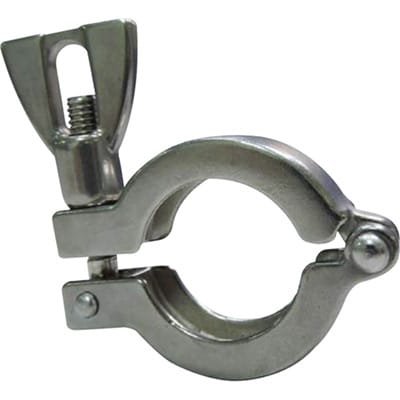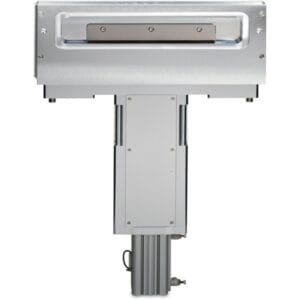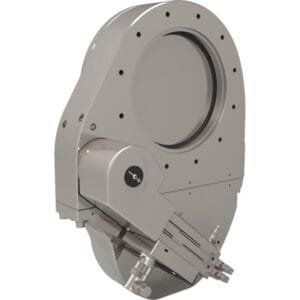KF (QF) HV Wingnut Clamp (Stainless Steel)
The KF (QF) HV Wingnut Clamp (Stainless Steel) by TFM is a precision-crafted component designed to deliver reliable, leak-tight seals in ISO-KF vacuum systems. Constructed from high-quality stainless steel, this wingnut clamp ensures superior strength and corrosion resistance, making it perfect for demanding high-vacuum environments. The wingnut design allows for easy, tool-free installation, providing an efficient and secure connection for vacuum system components.
Key Features of KF (QF) HV Wingnut Clamp (Stainless Steel)
Tool-Free Installation: The wingnut design allows for quick and easy installation without the need for additional tools, ensuring efficient system assembly and disassembly.
Stainless Steel Construction: Made from high-grade stainless steel, this clamp offers excellent resistance to corrosion, high temperatures, and wear, ensuring long-term durability and reliable performance in harsh vacuum environments.
Leak-Tight Performance: The clamp is designed to provide secure, leak-tight seals, maintaining the vacuum integrity of your system by preventing leakage and contamination.
Compatibility: This wingnut clamp is designed to work seamlessly with a wide range of KF (QF) flange sizes, including KF10, KF16, KF25, KF40, and KF50, offering versatility for different vacuum applications.
Corrosion Resistance: The stainless steel material ensures resistance to corrosion, making the clamp suitable for use in chemically aggressive environments and prolonging its service life.
Applications
The KF (QF) HV Wingnut Clamp (Stainless Steel) is ideal for a variety of high-vacuum applications where quick installation and reliable sealing are essential, such as:
Vacuum chambers
Semiconductor processing equipment
Pumping systems
Analytical instruments
Research laboratories
This clamp is perfect for applications where rapid assembly and disassembly are necessary without compromising seal integrity.
Why Choose TFM’s KF (QF) HV Wingnut Clamp (Stainless Steel)?
At TFM, we specialize in manufacturing high-quality vacuum components designed to ensure optimal performance in critical applications. Our KF (QF) HV Wingnut Clamp (Stainless Steel) offers easy installation, reliable sealing, and durability, making it the perfect choice for professionals who demand precision and efficiency in their vacuum systems.





Reviews
There are no reviews yet.